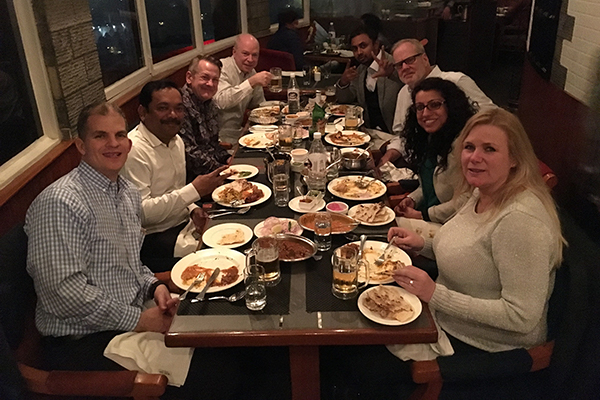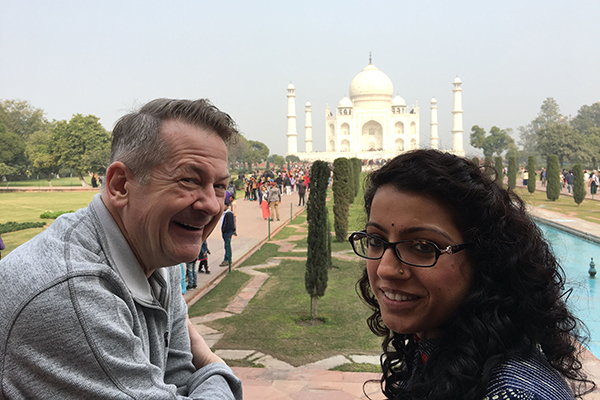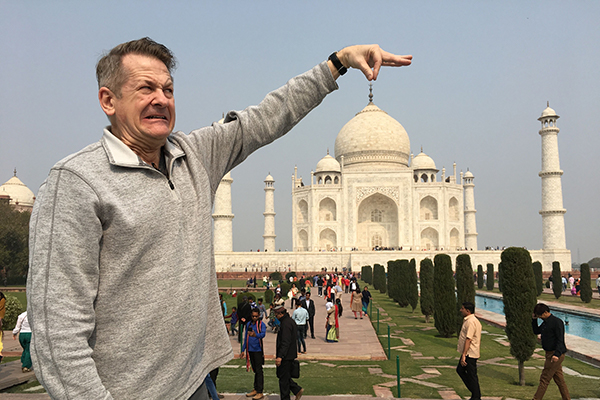I recently sat down with Bill Gardner to speak with him on his time at the 2019 Print Business Outlook Conference in India. The conference, which was held earlier this year, focused on challenges, opportunities, new hot trends, and collaborations between India and other global markets.
It was a fascinating experience, to say the least. We wanted you to hear about it from Bill firsthand, so here it is: interview style.
You went to India to speak at the Print Business Outlook Conference at PRINTPACK INDIA. What did you speak about, and why did you feel like this was the topic you wanted to touch on during your time there?
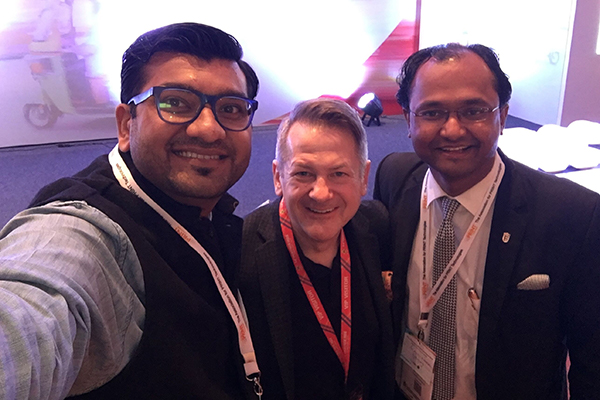
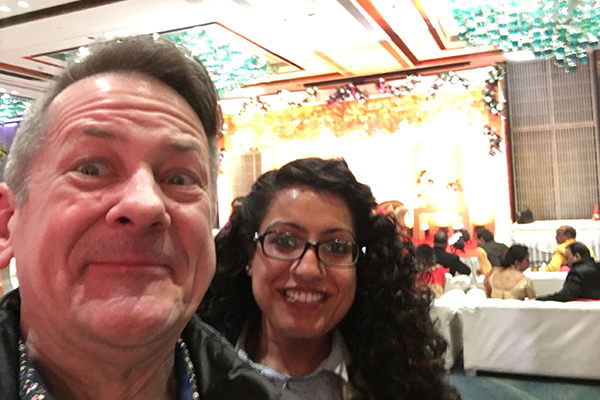
Frequently, people ask me for my perspective on design trends. This experience was a little unique from the standpoint that the print industry is dramatically different in India than it is here. So they were asking for insights on Western print trends that are being applied to a local industry that is operating in Eastern culture. When I say print, it's literally everything from newspapers to packaging. So, when they started asking about trends within the print industry, they asked me because they knew of my affiliation with design trends.
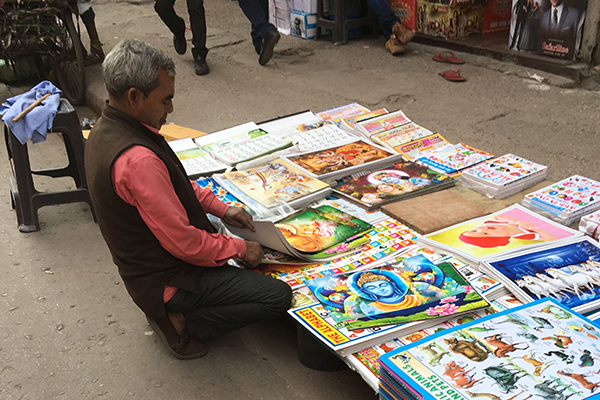
My answer to them came down to how different generations look at print. The thing about trends is recognizing the pendulum swing. Much like a pendulum, a trend tends to reach the extent of its swing. It starts to slow down before it reverses direction and goes the other way. The fastest motion happens in the middle of the swing, not at the ends. You can say that we just moved out of this analog swing over into digital. However, is that slowing down to a point where Millennials, Generation X, or Generation Z are going to want to start to experience something different than a digital product? It's hard to know.
Print is about physical manifestation. This is as opposed to digital, where what you're looking at on a screen doesn't physically exist anywhere. So, when we look at how younger generations value experience over things, print needs to fall in line with that reality to continue to exist.
So, you're talking about the fact that you see people going to concerts or trips, and they're constantly recording on their phones.
Yes. Or even just in the midst of everyday life, going to a restaurant and snapping a pic of your food. All of this means they tend to live in this RGB dominion as opposed to a CMYK world of print things. So how do you shift that generation to make them think about print? This is the pendulum swing that I was talking about, which is that you start to reach a point where there is a novelty factor to the plausibility of those experiences actually becoming tangible in some way. If you were to do a quick search on packaging, one of the fascinations that the contemporary generation has is the possibility of sharing with others the unpackaging of something — the phenomenon of unboxing. That's the intersection between the physical world and this digital world.
Yes! My cousins watch unboxing videos on YouTube all the time.
Exactly! Aren't they amazing? And one of the things I showed this group is an unboxing of an iPhone. And you know that Apple is meticulous about their packaging. It's unique and tactile. It has this almost human skin–like quality. It's a ritual to go through. And this particular video I showed to the industry at the conference showed finally getting to the phone, pulling it out, finding clear acetate on either side, and then slowly unpeeling it. It's almost intrusive, this unpeeling.
It's the sound! Have you heard of ASMR? Which would also be a mix, but of digital and sound.
Yes, and there's that pleasure that ASMR embodies that you react to. One of the things that I pointed out at the conference was that digital wins — pretty much hands down — on delivering sound and sight. But they really don't have the capacity, at least at this point, to deliver touch. Its tactile nature is the winning ace that the print industry has that digital doesn't. So how can you expand on the sensory aspect of what you're doing from a print perspective, so you engage even more of an audience's senses?
This takes us back to that pendulum again, which is that the point of the swing where it's at its greatest speed is when you're enjoying it the most. But the idea that print is becoming popular again comes from a package being so unique or so tactile. So what do we do with print that makes it so unique that people want to share that with somebody else? It is the print industry saying “How do we become the experience?” By shifting the print industry into the experience, you suddenly are engaging with this entire generation that wants to have that thing to unbox. It's helping them capture something to share.
That's what I shared with India's print industry. Ultimately, it was more of a mind–opener for them in saying, “How do you take your industry and shift to the concerns of tomorrow's industry? How do you start upcycling as opposed to recycling? How do you start to craft out things that people want to participate in and be a part of as a future generation?”
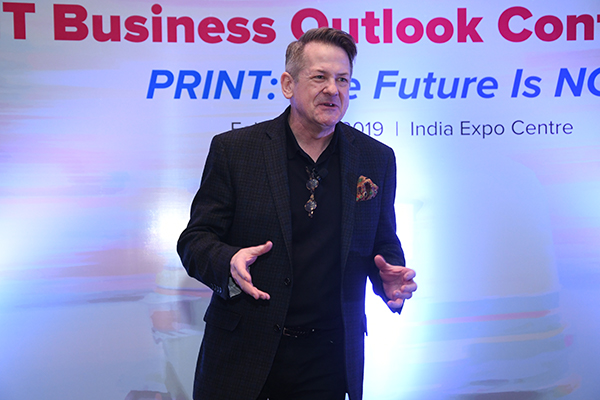
While you were there, you also met with a LogoLounge member. Tell me about that experience.
One of the privileges of what I do is being able to travel around the world and talk to other people in our profession and in other cultures. When I travel, I try to find members of LogoLounge or other designers that I know in those countries and build out time to spend with them. When I knew I was headed to India, I also knew that I had a very active group of LogoLounge members there that have been well represented in our past books and submit a lot of their work. So I wanted to reach out.
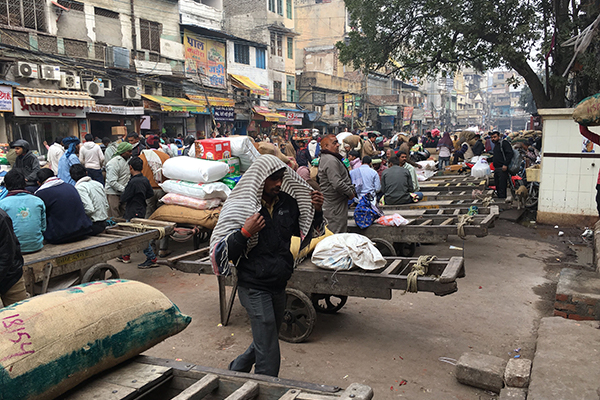
One of the members I contacted was Amit Botre. I've loved Amit's work for a number of years, but we've never had a chance to talk. So, I dropped him an email, and he replied and said he'd meet up with me. So, he came up from the southern region and stayed at the Holiday Inn in New Delhi that I was staying at, and he and I went on a grand adventure.
I love to shop and look at antiques. I shared that with him, and he suggested that we visit the Transportation Heritage Museum in New Delhi. Having no idea where or what it was, we hopped onto their transit system and took it for a couple of hours. We got off at a nice stop in a major metropolitan area, so I thought we would go across the street, and the museum would be right there. As it turns out, you go down and load onto a tuk–tuk, which is a mechanized rickshaw. It's basically a three–wheeled golf cart that has a full seat in the back that two people can sit on scrunched up next to each other with the driver in front. These things are all throughout India, and it's how you get around.
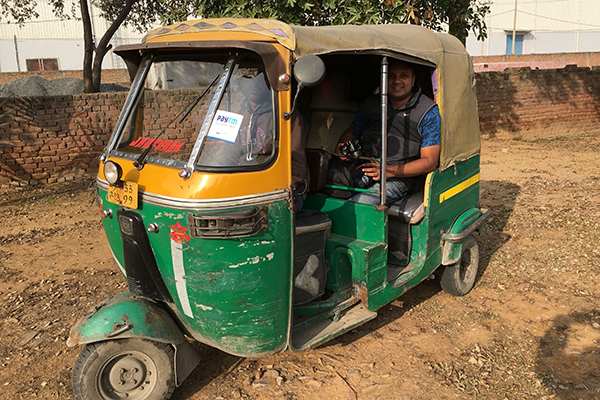
We load into this thing, and the first thing they do is pull out onto the freeway. In India, the stripes that are painted on the road are not even a suggestion to them. They just cram as many vehicles as they possibly can into that space. We ended up having thirty more miles to drive inside this little tuk–tuk on a cold day. Once we eventually get off the highway, I start to realize we're in the middle of a completely desolate area. And I'm going, “What is this place he's taking me to?” because we're getting further and further away from civilization.
We end up pulling into this place, and it's this beautifully manicured. It's a totally unexpected environment in the middle of all this impoverishment. And that's one of the things about India that has struck me. India is a country that is developing, despite the fact that it's been around for hundreds of years. It only came out of British colonization in 1948, so all these things are kind of shoved together, yet they all coexist.
We finally get to the Transportation Heritage Museum, and Amit relays to me his fascination with cars and travel. He's always wanted to have a Volkswagen Bug, and he's owned motorcycles. We had long conversations about these things. Despite the fact that everything that we could have talked about more design–centric things — the literature, the outside wayfinding — it was really in this that we could both find something in common to talk about.
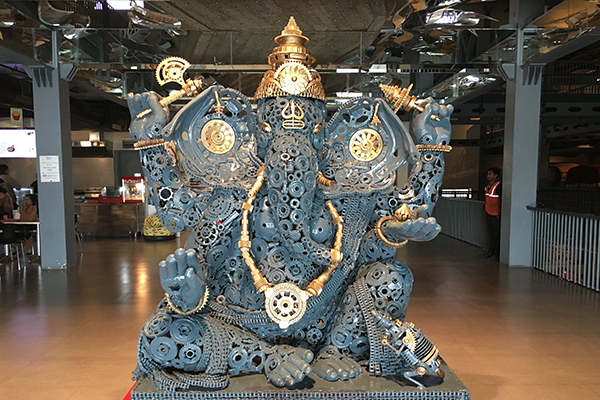
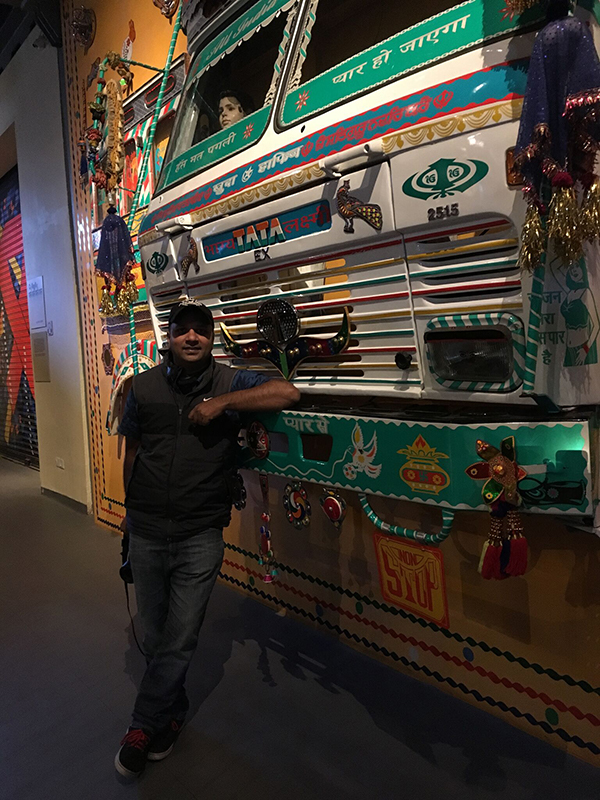
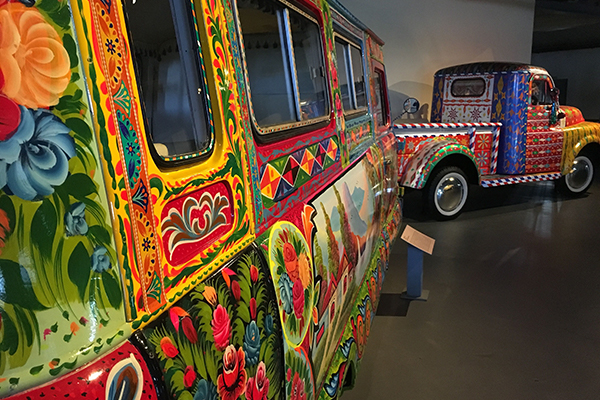
After that trip ended, we got into an Uber, and we took it to a shopping mall that he had in mind. I had shared a story with him earlier in the day about a logo that I had designed years ago that a LogoLounge member had brought to my attention is being used by a shopping mall in India. That had led to us to going to our IP attorneys, and ultimately the shopping mall bought the identity from us because they had used it illegally. So as we pulled into this shopping mall, Amit goes, “Look! Isn't that the shopping mall?” And there it was, in the middle of India. We ended up walking in, and the logo is just everywhere. They've developed three–dimensional planters that have this logo molded into them. There was an atrium that overlooked a large marble 15 by 15 foot version of my logo that had been laid in the floor.
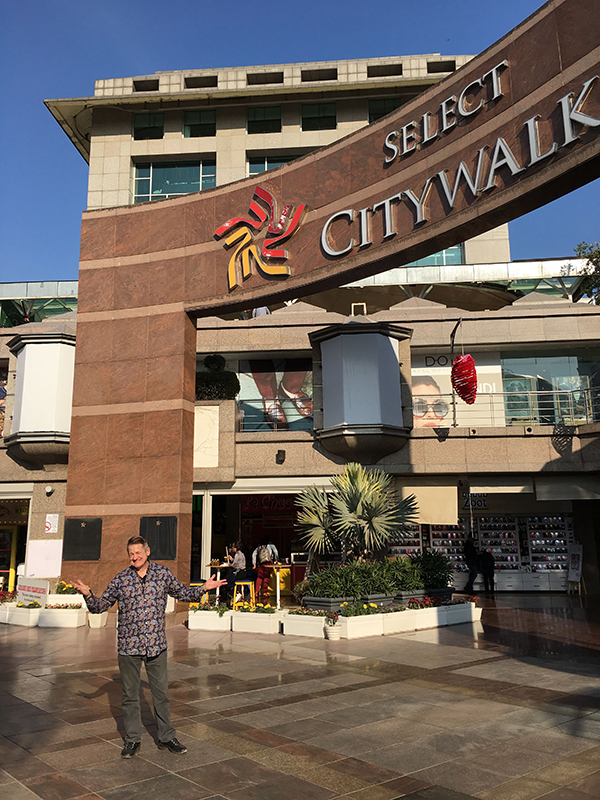
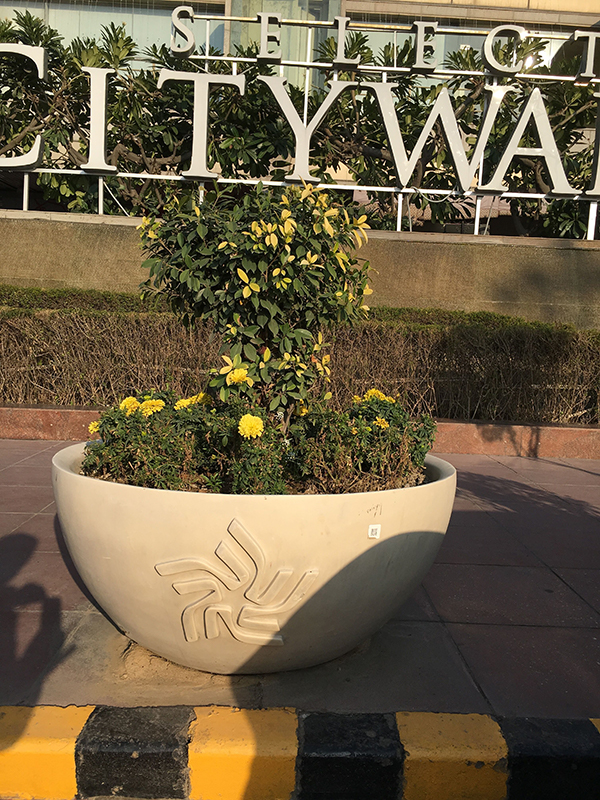
What was your biggest takeaway from the trip?
It was this idea of your work as a designer allows you to relate to people across the world. Being able to visit with people from completely different cultures about what makes design good, experiences, sharing stories, and then trying to integrate their perspective in what you do. Those are the kinds of experiences that I just love. It's having that background of design that gives you a foundation to build from. You can immediately get into conversations with designers from anywhere, despite the fact that you just met them. I think that's ultimately what makes LogoLounge a community of people. Some of them have met each other. Some of them have no idea who the other person is. The only way they know them is through a logo that they've admired.
Maybe that person is 30 years younger than you, or maybe 30 years older than you. Or maybe they have an entirely different perspective from their ethnic background, religion, political view, etc. But since you've got this common ground with all of these people, it's the one place you can come together. What a cool profession we've got, because we get to be continually building and designing things that are brand new from the ground up. And for the rest of your life, if you stay a designer, you'll be able to share that experience with other people.
